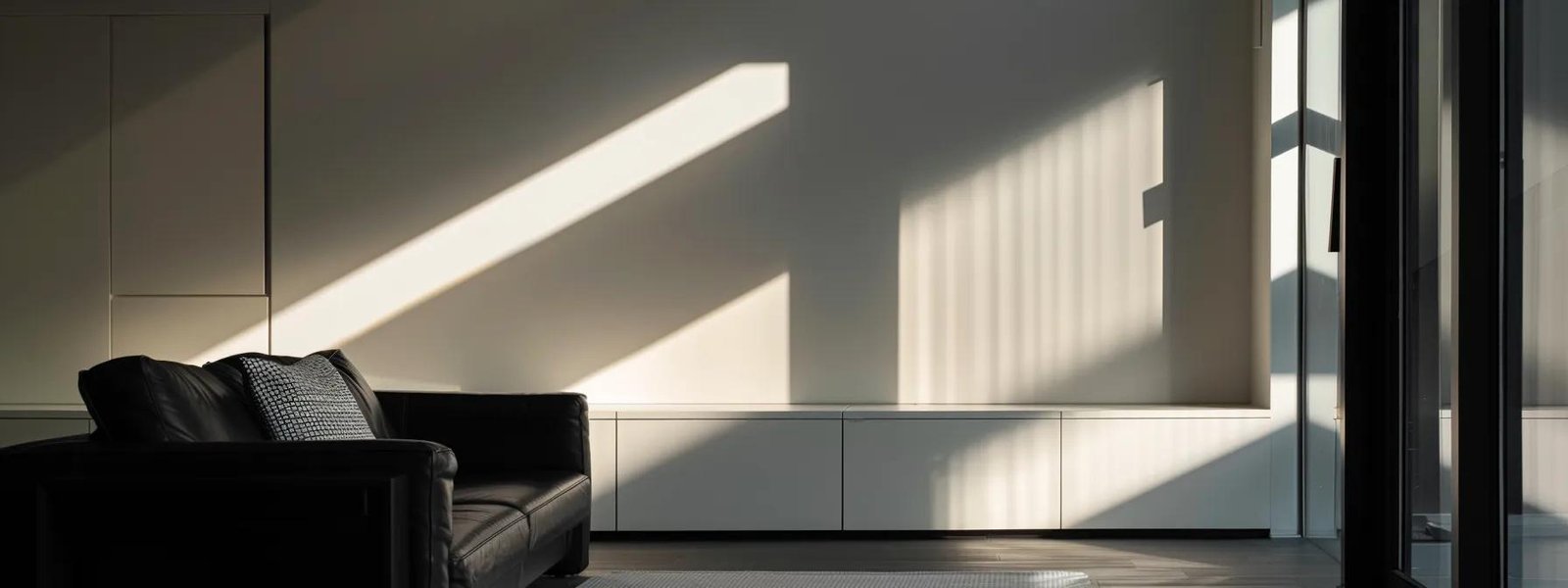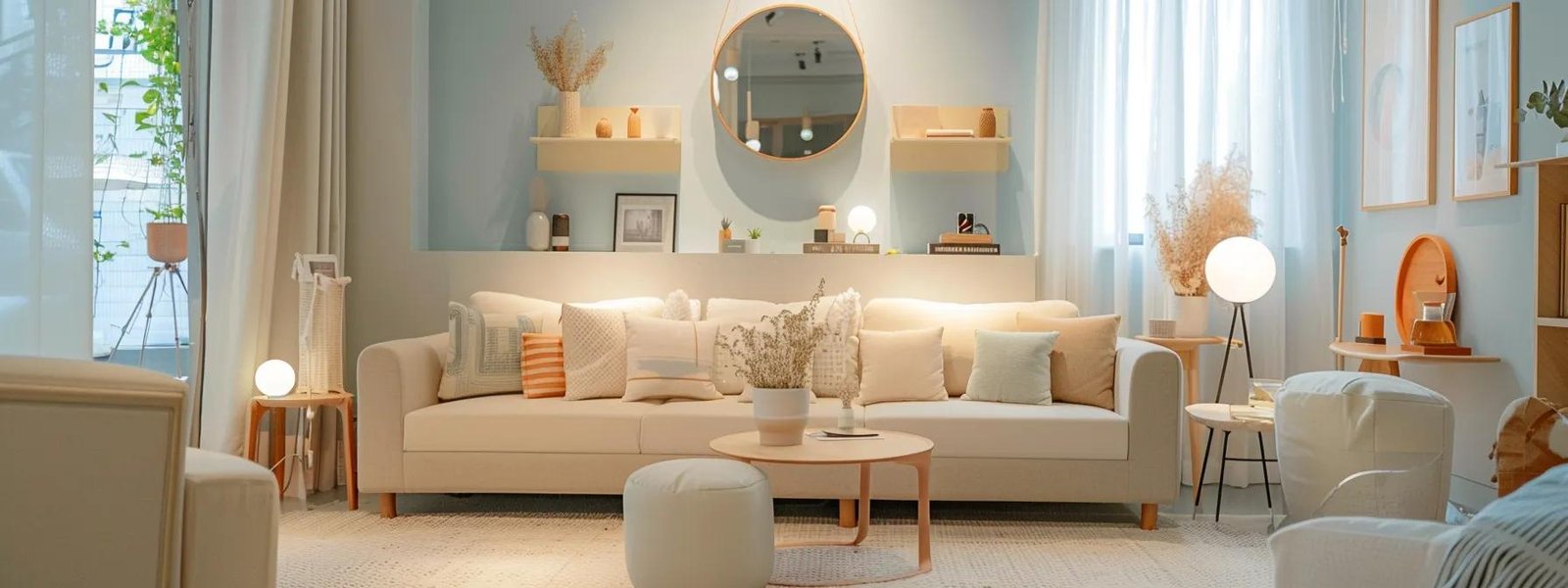Table Of Contents:
- Best Colors for Making Small Rooms Feel Bigger
- Understanding How Color Influences Space Perception in Small Rooms
- Recommended Light and Airy Colors for Small Rooms
- Employing Darker Colors Strategically in Small Room Settings
- Color Application Methods for Visually Expanding Small Rooms
- Selecting Appropriate Paint Finishes for Small Room Colors
- Colors to Approach With Caution in Constricted Room Layouts
- Frequently Asked Questions
- Final Thoughts
Best Colors for Making Small Rooms Feel Bigger
Small spaces can often feel cramped, but the right paint colors can transform a compact area into a bright, open haven. In this article, you will learn how color influences space perception (considering what happens if you don t paint your house) and discover expert-recommended palettes and application methods. By understanding the science and psychology behind color choices, you can confidently select the perfect hues for your home or office. Let’s explore smart color solutions for small spaces.
Understanding How Color Influences Space Perception in Small Rooms
The Science Behind Colors That Create an Open Feel
Light hues reflect more light than darker shades, dispersing illumination evenly across walls, ceilings, and floors. High-reflectance colors can boost room brightness significantly and enhance the feeling of openness.
How Light Reflectance Affects Roominess
The light-reflective quality of a color determines perceived room size. Finishes such as high-gloss and satin enhance light dispersion, making a room appear notably larger compared to dull, matte surfaces.
Psychological Impact of Different Color Families on Perceived Size
Cool colors like blues and greens evoke calm and spaciousness, while warm colors, such as reds and oranges, can visually close in a space. A balanced approach using both can improve mood and create a sense of expansiveness.
Warm Versus Cool Tones for Expanding Small Areas
Cool tones recede into the background, giving an impression of more depth, whereas warm tones stimulate activity yet may overwhelm if used excessively. Strategic use with accent walls or trim aids balance.
The Role of Color Value and Saturation in Small Room Design
High color value with low saturation prevents overwhelming a small room. Soft pastel versions of intense colors maintain an airy, inviting atmosphere without sacrificing visual calm.
Recommended Light and Airy Colors for Small Rooms

Classic White Hues for Maximum Brightness in Small Rooms
White remains a popular choice for expanding small spaces. A crisp white backdrop maximizes available light and creates a timeless, uncluttered look that pairs effortlessly with accent colors.
Soft Neutrals That Enlarge Small Living Spaces
Hues such as light beige, cream, and taupe infuse warmth while maintaining brightness. These colors reflect sufficient light to visually expand the room while adding a cozy touch.
Pale Blues and Greens to Create a Sense of Depth
Pale blues and greens mirror natural elements like the sky and foliage. Their soothing presence adds depth and creates an illusion of distance, seamlessly integrating with nature-inspired décor.
Subtle Pastel Shades for a Gentle Spacious Effect
Pastels offer vibrancy without overwhelming intensity. They impart personality to walls while maintaining a balanced and elegant atmosphere that enhances the feeling of space.
Choosing the Perfect Off-White for Your Small Room
Not all off-whites are alike. Those with cool undertones (gray or blue) create a clean, expansive feel that softens harsh lighting and adds subtle warmth, helping to keep the space open.
Employing Darker Colors Strategically in Small Room Settings
Creating Cozy Depth With Deep Hues in Small Rooms
Darker colors, when used selectively, can create an intimate and inviting atmosphere. Applying a deep hue on a focal wall or specific section provides contrast and depth without overwhelming the space.
Using Dark Accent Walls to Alter Room Proportions
A single dark accent wall draws the eye and creates a defined area of focus. Pairing it with lighter elements helps establish balanced proportions while adding a structured feel to the room.
Best Dark Colors for Small Bedrooms or Nooks
In smaller areas like bedrooms or nooks, shades such as charcoal, navy, or forest green add sophistication without dominating. These colors work well when complemented by ample lighting to highlight contrasts.
Balancing Dark Tones With Lighting in Confined Areas
Layered lighting—ambient, task, and accent—is essential when using darker hues. This approach ensures that deep tones add dimension without making the space feel closed in.
When to Opt for Bold Colors in a Compact Room
Bold colors can inject energy into a small room if used sparingly. Consider a single piece of furniture or an artwork in a striking color to add personality without cluttering the visual field.
Color Application Methods for Visually Expanding Small Rooms

Monochromatic Color Schemes for a Seamless Look in Small Rooms
Using variations of a single color creates a continuous, harmonious look by eliminating visual breaks. This unification reinforces the room’s open feel and minimizes distraction.
Painting Ceilings to Make Small Rooms Appear Taller
A light, reflective ceiling color that is a shade lighter than the walls can make the room appear taller by eliminating a visual barrier, thereby expanding vertical space.
The Effect of Continuous Color Flow Between Rooms
Using the same color across adjacent rooms creates a seamless flow, reducing visual stops and reinforcing the impression of a larger, cohesive space.
Utilizing Vertical Stripes With Paint in Small Spaces
Vertical stripes draw the eye upward, emphasizing height and adding an elongated appearance to the room. This technique offers a stylish way to boost perceived space.
Color Blocking Techniques for Small Room Enhancement
Strategic color blocking defines different areas without creating clutter. This method effectively separates zones within one space, granting both functionality and a sense of openness.
Selecting Appropriate Paint Finishes for Small Room Colors
How Glossy Finishes Can Make a Small Room Feel Bigger
Glossy finishes multiply reflected light, brightening the space and creating a greater sense of depth. Their shiny quality plays a key role in amplifying perceived dimensions.
Matte Versus Satin Finishes for Walls in Tight Quarters
Where matte finishes absorb light, potentially reducing the room’s perceived size, satin finishes provide a subtle sheen that reflects light effectively while minimizing glare, thus preserving warmth and space.
Choosing Finishes to Optimize Light in Small Rooms
Finishes that maximize light reflection are ideal for small spaces. The extra bounce of ambient light from walls and ceilings keeps the area looking bright and open.
The Impact of Sheen on Different Colors in Small Spaces
The finish of a paint can alter how a color appears. For instance, a high-gloss deep blue might feel too intense, whereas a matte version could appear more subdued. Understanding this interaction helps maintain balance.
Practical Finish Choices for High-Traffic Small Areas
In areas subject to frequent use, satin finishes provide both durability and an expansive feel. They resist scuffs and stains while sustaining an open and inviting atmosphere.
Colors to Approach With Caution in Constricted Room Layouts

Overly Busy Patterns and Their Effect on Small Rooms
Complex patterns can overwhelm a small space, detracting from its openness. Minimal, solid, or subtly varied hues help maintain a clear, focused visual field.
Very Dark, Matte Colors That Can Shrink a Space
Excessively dark, matte surfaces tend to absorb light, curtailing brightness and making a room feel cramped. When using such colors, balance them with lighter accents to maintain space.
Too Many Contrasting Colors in a Small Area
Using too many contrasting colors can visually segment a room and disrupt its harmony. A consistent, unified palette is preferable to enhance the overall sense of space.
Warm, Intense Hues That May Overwhelm Small Rooms
While intense warm hues can energize a space, overusing them may dominate the room and limit perceived openness. They work best in small doses alongside cooler, lighter tones.
Avoiding Color Choices That Absorb Too Much Light
Colors with low reflectance diminish brightness and can make a room feel constricted. For a lively, expansive ambiance, select hues that naturally or finish-enhanced reflect more light.
Frequently Asked Questions
Q: How do light-colored paints affect small room size?
A: Light-colored paints reflect more light, boosting brightness and making the room appear about 20-30% larger due to better light diffusion.
Q: Can I use accent walls in small rooms without making them feel cramped?
A: Yes, using accent walls with a dark color against lighter surroundings creates depth and focus, successfully balancing the room’s proportions.
Q: What is the best paint finish for visually expanding a room?
A: Satin or glossy finishes are ideal as they reflect light effectively, enhancing brightness and the overall sense of space.
Q: Are there any colors I should avoid in small rooms?
A: Avoid overly dark, matte, or highly contrasting colors that absorb too much light, as they tend to reduce the room’s perceived size.
Q: How can vertical stripes improve the look of a small room?
A: Vertical stripes draw the eye upward, emphasize the ceiling height, and create an illusion of a more expansive space.
Final Thoughts
Choosing the right colors dramatically affects how spacious a room feels. By combining light, airy hues with carefully placed dark accents, you can achieve a balanced, inviting atmosphere. Experiment with different finishes and application techniques to refine the balance between depth and brightness. With thoughtful planning and informed choices, you can transform compact areas into harmonious, open living environments.


